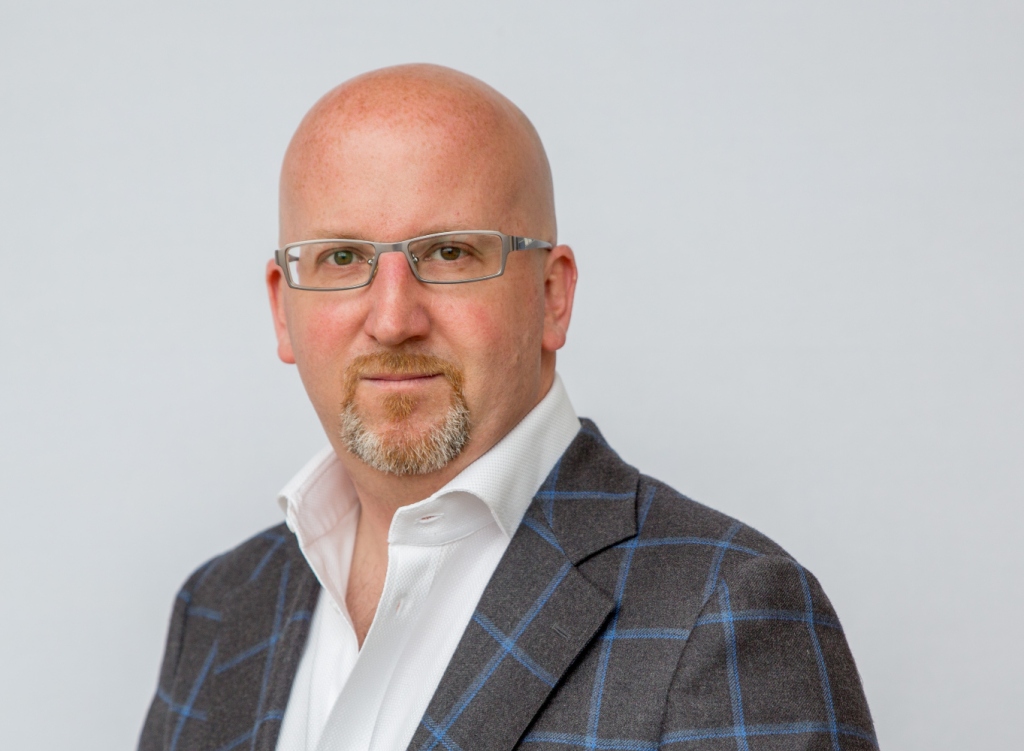Interview conducted by Alicja Minda.
A career as an editor is often a solo adventure, especially if you’re a freelancer. So we thought one way to better connect with fellow editors was to ask them the Five Ws: who, what, where, when, and why. Read on for some thought-provoking, enlightening tidbits from those of us who choose to work with words to earn our keep.
Please tell us a little about yourself, the kind of work you do (and where you live), and how long you’ve been an editor.
Based in Toronto, I am the editor in chief of two media properties: Canadian Interiors and Building. Both titles utilize a variety of storytelling media in print and online to deliver news and insight to the interior and product design, architecture, and real estate development industries (Canadian Interiors, launched in 1964, and Building, launched in 1952, are each the longest running magazines of their type in Canada). I have been involved in one form or another with each of these titles for over 18 years, creating and overseeing the production of editorial content that explores the critical topics, trends, challenges, and strategies shaping the Canadian A+D (architecture and design) industries.
Before this, I studied concurrently at the University of Toronto and Ryerson University, where I pursued a mix of academic and practical disciplines, including journalism and film and television production. While at U of T, I wrote for and then joined the editorial team of one of the college newspapers, The Innis Herald, where I learned first-hand how often the idealism of writing gang aft agley when faced with the dirty economics of print publishing. Upon graduating, I spent a short stint in the television industry as a story editor and segment producer on a variety of lifestyle shows before parlaying that into a brief co-production with Canadian Interiors, after which I happily embraced the opportunity to join the company’s writing and editing team.
Who: If you could edit one famous author, living or dead, who would it be?
Gary Larson, creator of The Far Side comics. And, obviously, not because he needs editing, but because it would mean I get to peek at expressions of genius before anyone else. Also, being involved in works-in-progress would offer an incredible opportunity to learn from a master about the nuances and potency of brevity.
If I can sneak in a close second, it would be Orson Welles. Again, not to actually edit his work, but to just observe and absorb the development processes behind creating and editing some of the greatest dialogue for film, radio, and stage. I can think of few other titans in the storytelling industry who were able to move so much of a story along with both punch and poetics while employing such an economy of words spoken between two characters.
What: Do you have a favourite punctuation mark and/or a favourite word?
The period. Everything must end, but the period gives a writer and editor the power to choose when and how a sentence will end. But don’t be fooled: although often cited as the easiest punctuation mark to master, in truth, it is like water in any recipe—get the proportions wrong and everything falls apart.
Where: If you could work anywhere in the world as an editor, where would that be?
In a first-class lounge at a major international airport, or on a long train ride. Being “in transit” helps both inspire and focus the mind. But if the question is about a place to live/work, the answer is Paris. Few western cities are made with a material palette and at a scale that feels so welcoming to the human body and mind.
When: Was there ever a time in your life when you seriously questioned your career choice?
Not really. The only serious questions have been how to steer the ship, not whether I got on the right boat or not.
Why: Why did you choose to become an editor? Or, should we ask: Why did editing choose you?
I’ve always been a storyteller, but I have also always been motivated (some would say plagued) by a desire to achieve a certain level of precision. So just telling a story wasn’t enough: I’d always be interested in maximizing a story’s impact by being as effective and accurate as possible, which means utilizing the tools of editing.
Editors, very much like professionals operating in the industries I cover—design and architecture—must have similar competences if they want to succeed. For example, a keen awareness of economies and efficiencies of space, an understanding of the maximum effect of materials chosen, and an ability to minimize waste are all applicable to working with text. “Less is more,” a phrase widely attributed to the architect Ludwig Mies van der Rohe, should also be the maxim of any serious editor.
And, of course, we just had to ask the inevitable how: How would you sum up your motto?
“Measure twice, cut once.” This wonderful carpentry aphorism applies equally to writing and editing. To both writer and editor, I would say, think carefully about your choices—what you put on the page and what you take away—because this is your chance to successfully connect with someone’s mind. However, just because something does or does not make sense to you, doesn’t mean it will have the same effect on the intended audience. Therefore, look at a message from different angles and consider its impact. Just think about all those hassles that could have been avoided if an email was read a second time before hitting Send!
Alicja Minda is a freelance journalist and editor based in Toronto. She is the editor-in-chief of BoldFace.
This article was copy edited by Nada Mostafa.

